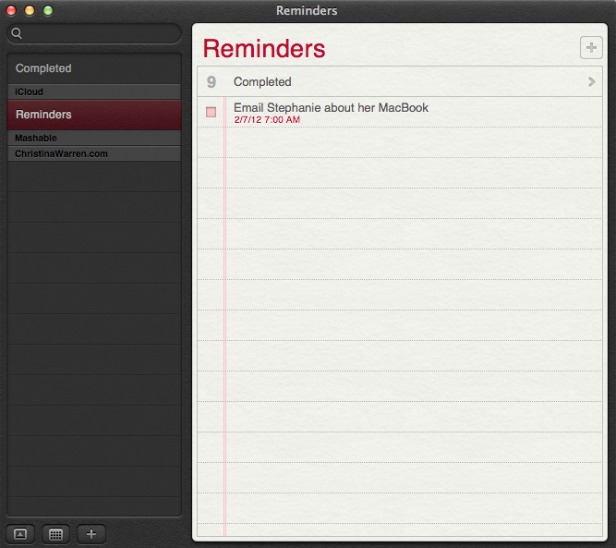Adobe has announced it will not support Flash Player browser plugin for Android 4.1 and onward.
“There will be no certified implementations of Flash Player for Android 4.1,” writes Adobe on its official blog, adding that it recommends “uninstalling Flash Player on devices which have been upgraded to Android 4.1.”
It all started with Steve Jobs, though, who famously called Flash a “relic” from another era in an open letter in April 2010. Apple then said it would not support Flash on the iPad, iPhone and iPod touch, and for a while Flash support was seen as a competitive advantage for Android.
As it turned out, Jobs was right about Flash. We knew that in November 2011, when Adobe said it would stop development of the mobile browser version of Flash, admitting that HTML5 is the future for rich multimedia content on mobiles.
Now, it’s really the end of the line for Flash on mobile devices, as Adobe will disable fresh installs of Flash from the Google Play store after August 15.
[Courtesy: Mashable]












































